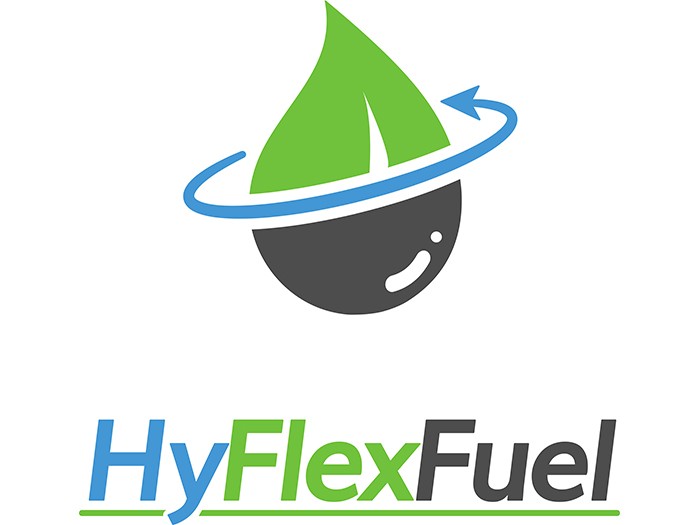Advanced biofuel breakthrough:
The EU funded research project HyFlexFuel recently succeeded to produce biocrudes via hydrothermal liquefaction (HTL) from a variety of biomasses, including sewage sludge, food waste, manure, wheat straw, corn stover, pine sawdust, miscanthus and microalgae in a pilot-scale continuous HTL plant at Aarhus University (Denmark). “It has been a real milestone in HyFlexFuel to demonstrate biocrude production from such a variety of feedstocks in the hundreds of kg’s scale”, says Patrick Biller, who leads the pilot-scale HTL research at Aarhus University. Biocrudes from three representative feedstocks, Spirulina (micro-algae), sewage sludge, and wheat straw, were further upgraded to a mixture of hydrocarbon fuels at Aalborg University (Denmark). “Thanks to the expertise of several project partners, HyFlexFuel proved that HTL biocrudes can be successfully upgraded to drop-in fuels in an industrially-relevant environment, achieving hundreds of hours of continuous operations”, adds Daniele Castello of Aalborg University. Analyses of the kerosene fractions of the upgraded biocrude show promising compositions for a use as aviation fuel. “The production of HTL fuels from three different feedstock classes shows the flexibility of the process”, says project coordinator Valentin Batteiger of Bauhaus Luftfahrt (Germany), “Meeting jet fuel specifications is an appropriate target to validate that high-performance transportation fuels can indeed be produced from a broad range of residue and waste streams via hydrothermal liquefaction.” HTL as key-enabler for sustainable biofuel production The decarbonization of the transportation sector will require large volumes of renewable fuels. So far, renewable diesel and jet fuels are mainly derived from plant oils, but the EU Renewable Energy Directive limits the use of biofuel from food and feed crops since they do not meet sustainability requirements when produced at large scale. For the future, it will be important to commercialize advanced biofuel conversion technologies, which utilize a broader and more sustainable feedstock base. The HTL process Hydrothermal liquefaction (HTL) is an upcoming biofuel technology to produce transportation fuels from a broad variety of bio-wastes and other biomasses. HTL has several key-advantages, of which the most important are: • Flexible production potential: The HTL conversion technology taps into a huge global bio-resource with local variety of primary biomasses. The technology is compatible with a broad variety of organic wastes and residues, lignocellulosic energy crops or aquatic biomasses and can adapt to specific regional feedstock availabilities. • Cost-effectiveness: It can produce advanced biofuels, from marine fuels to kerosene, potentially at lower cost than most competing renewable fuel pathways. • Sustainability: The HTL technology has the potential to produce fuels with a low carbon footprint over the entire life cycle, without competing with food and feed production. It has the potential to recycle waste streams and thereby contribute to a more circular economy. The pilot-scale HTL plant processes aqueous biomass slurries (~20% dry matter content) at temperatures up to 350°C and pressures around 200 bar, where water does not boil but remains in a liquid state. Under these conditions, biomass is converted into a crude bio-oil, which is separated from the process water behind the reactor. In a second step, the HTL biocrude is upgraded to transportation fuel products via catalytic treatment with hydrogen at high temperature and pressure (hydrotreating). Thereby, oxygen and nitrogen are removed from the biocrude, which is in turn converted into a mixture of hydrocarbons. Distillation of the upgraded HTL biocrudes yields drop-in capable fuels in the gasoline, kerosene and diesel range. See the full press release under: https://www.hyflexfuel.eu/wp-content/uploads/HyFlexFuel_press-release_Website.pdf
Keywords
Sustainable Aviation Fuels, Biofuels, Climate Change, CO2 reduction



